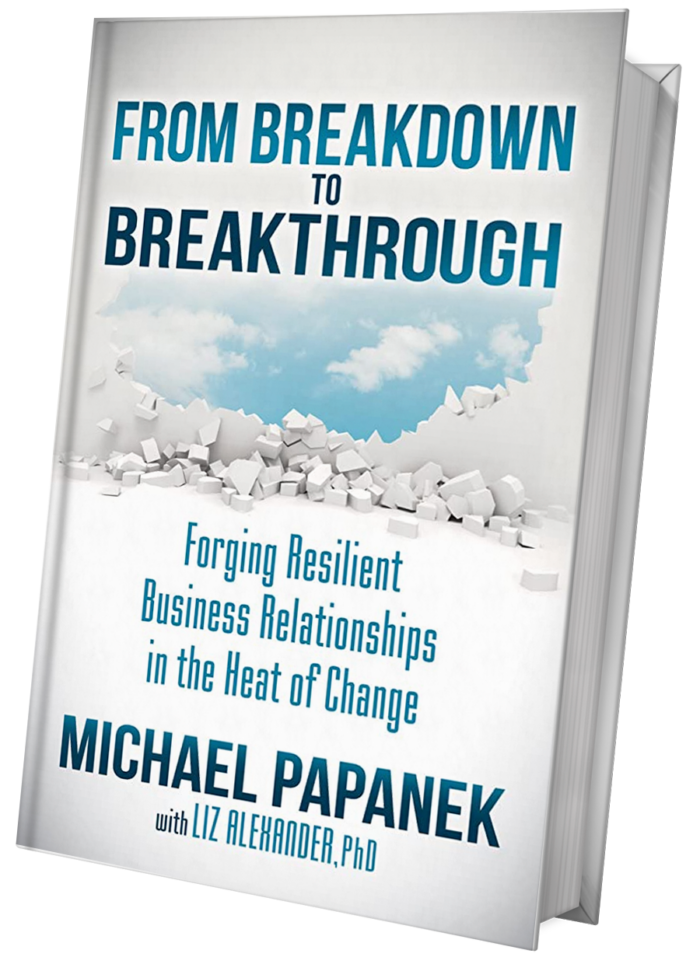It’s performance management season again, and many leaders are – wisely – having discussions with their direct reports about their longer-term career aspirations as part of the process. The strategic question is, how can you use these conversations to create inspiration, commitment and excitement for the future?
This process is too important to employee engagement and loyalty to just “check the box,” but too often leaders fail to get the maximum value from the investment simply because they do not have a method which is designed to create the outcomes they want. The following is a framework you can use to navigate successfully across the minefield and create value for you, the employee and the enterprise.
Job Goal: The first step is to be very clear on the goal: what role or opportunity does the employee want? Be as specific as possible and be clear on why the employee is motivated to achieve the outcome. Be realistic – there might be milestones along the way to the ultimate goal.
Desired Outcome: This framework should be used, not to just have the person be “qualified” or “considered” for the next opportunity. Too often employees fail to understand what is really needed to be qualified, positioned and then selected for a new role, then they are upset when they do not get what they think they have earned. The desired outcome is to be selected as the best choice and be offered the role! If the employee can address each of these four key components, they can become the obvious choice for the next position.
Here are the four factors one needs to address to be in the right place at the right time to get that next step up. These are used as an agenda for the meeting with the employee and to create an action plan for each area.
- Knowledge – what understanding, or ‘content’ do they need to know? Often what is missing from mid-managers who want to become more senior leaders are: deeper market insights, more extensive product and consumer understanding, a more global or international view, competitor intelligence, financial acumen (if they are technical) and an enterprise vs. departmental point of view.
- Skills – What capabilities do they need to have? What do they need to be able to do? This might include being able to lead (vs. participate in) a sales proposal process or lead a larger-scale engagement, able to lead a project or multiple projects, able to trouble-shoot complex systems, able to inspire with a vision for the enterprise, able to innovate and disrupt existing systems, or advanced skills for client management or change leadership
- Experience – What track record do they need to have, to show they can take on a next level of scope or accountability? Sometimes simple time on the job, taking accountability for a key area of the business, meeting the goals, day in and day out, is needed. A solid track record makes the employee a lower risk for the new role than other candidates.
- Relationships – Who does the employee need to know, and who needs to know them to be considered for opportunities they desire? This is the one that might be most important but is also often neglected until the last minute, when an active opportunity is being discussed. That is much too late to build the relationships you need. People trust people they know. Each employee has a “brand” or image with decision-makers that is based in part on their accomplishments, but also on how they connect with others, how they “show up.” Can they handle some heat without going into breakdown? Can I trust and rely on them, even when things are hard? Do they have the “emotional intelligence” for a more senior role? Will promoting them send the right message about what we value in leaders?
This simple framework, when applied, will ensure your plan addresses the critical areas needed for the employee to have a realistic view of where they are now, what gaps they must close to be ready, and what actions they will do each day to get closer to their aspirations. Your job is to partner with them along the way.
It is a privilege as a leader to be able to support others in this way – enjoy it!







